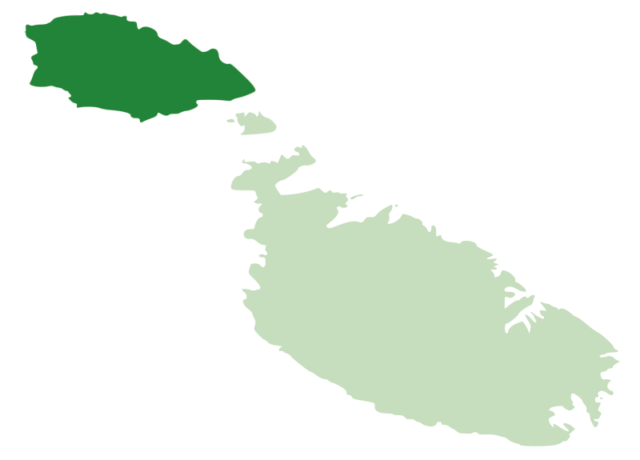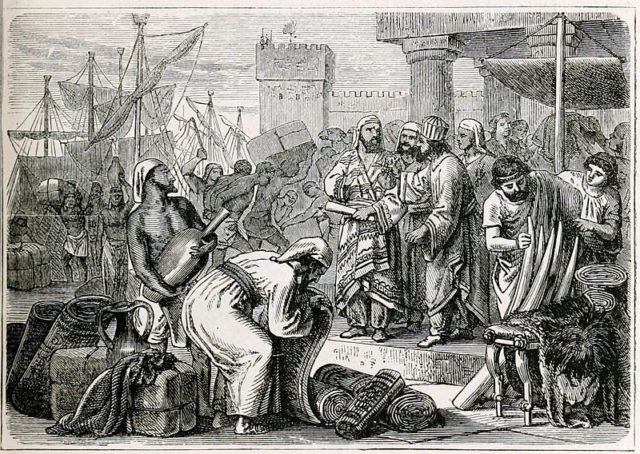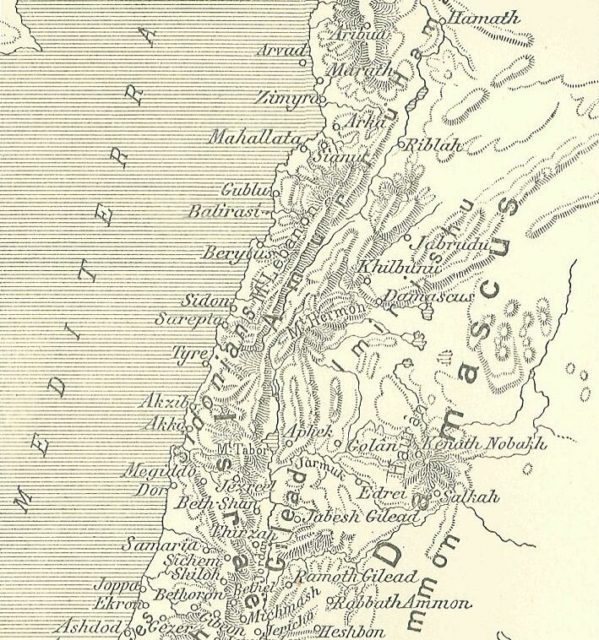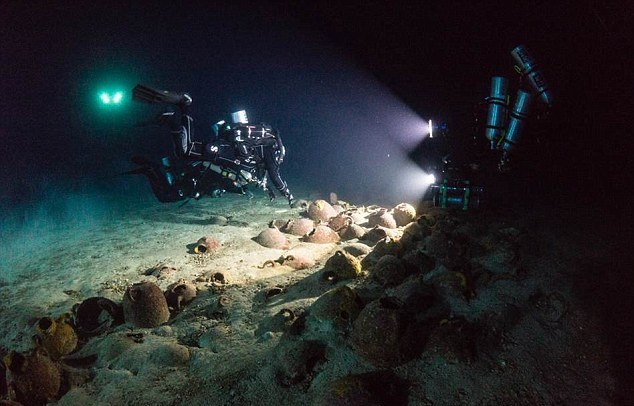A few miles off the coast of Gozo lies a 50-foot Phoenician merchant ship. It was shipwrecked off the coast 2,700 years ago. Now, its artifacts may provide insight into the Phoenicians who once called Gozo home.
Gozo is an island that’s part of the Maltese archipelago in the Mediterranean Sea. The significance of this ship is that it dates to 7th century BC and claims the title of the oldest wreckage ever discovered in the Mediterranean Sea.

A team of archaeologist divers ventured 110 meters deep to explore the 2700-year-old wreckage to retrieve several outstanding artifacts. The archaeologists hope that the wreckage holds the answers to ancient Phoenician life and sheds light on their elusive culture, people, and trade routes. They want to see if those are the same conditions that saw the Phoenicians claim the Levant and establish themselves as a great power in the Mediterranean.
Artifacts that archaeologists have already recovered are remarkable. Among the ruins were wine amphorae from North Africa, flat-bottomed amphorae from North Italy, and volcanic grinding stones from Pantelleria.
Who were the real Phoenicians?

Facts surrounding Phoenician history are scarce, although we know that they were astute merchants. They had to be since there wasn’t much going on for them in Gozo. They sailed the entire Levant (modern-day Turkey, Lebanon, Syria, and northern Israel). They reached as far as the Greek Isles, Europe, Asia, and Britain. They traveled the Atlantic Ocean to parts of Africa and went to India and Arabia via the Red Sea.
In most part, due to their astute trading, the Phoenicians established themselves by the 8th century BCE. They had accomplished this by creating outposts along their trading routes in the Levant. Making good use of their navigational skills and sea-faring skills, they set up colonies along their routes.
First, the Phoenicians had to secure their trading routes, so they set up outposts to provide supplies for the much-needed repairs to ships. These outposts then became safety posts from would-be threats. In time, it allowed Phoenician civilization to spread and develop throughout the 8th century BCE. They became one of the biggest traders in the Ancient world.

At the height of Phoenician society, there were several independent city-states along the Mediterranean Sea. They created a stable society and were renowned as maritime traders and manufacturers. They built ships, made glass, produced dyes, and offered other luxury and common goods.
The Phoenician downfall at the hands of Alexander The Great – 334 BCE:
In 334 BCE, Alexander the Great claimed Tyre after conquering the other cities along the Levant. He had conquered Byblos and Sidon in such a savage fashion that when he entered Tyre, the citizens submitted peacefully.
They suffered the same fate as their Phoenician brethren – it’s estimated that 30,000 citizens were massacred. Survivors were sold into slavery, and others escaped to Carthage and Tunisia. Thus began the demise of Phoenician cities, with their surrender to Alexander the Great.

Still, some mysteries remain:
Where exactly the Phoenician merchants traveled has long been a mystery that this latest expedition hopes to answer.
Items such as an amphora pots were retrieved during the dangerous dive. This, coupled with the fact that other archaeologists have found ancient trading posts in Malta, indicates to experts that Malta must have been part of the traders’ route.
The shipwreck itself was first discovered off the coastline of Gozo in 2007. Although the wreck was discovered nine years ago, it was only in 2014 that it was first explored, in part due to a lack of funds that constrained the expedition.
Archaeologists from the University of Malta and the University of Aix-Marseille, with funds in hand, returned to the site. Four artifacts were recorded on the first dive using high-resolution cameras and lights. The artifacts were a grinding stone, two amphorae (pots), and an urn. The latest expedition, led by Dr. Timmy Gambin, was not easy. He has said that due to bad weather there had been delays that caused much frustration.
The nature of the dive is such that when the weather is bad, divers spend two hours decompressing. Decompression is necessary to remove inert gasses that dissolve in the diver’s body due to being exposed to ambient pressures. The dive of 110 meters means that the international team was exposed to some trying conditions.
The expedition to the Phoenician ship suffered further setbacks, mainly due to funding. This prevented the team from returning, and they had to come up with a better idea for recording the archaeological treasure trove. So they turned up wielding hand-held cameras with powerful lights to capture video footage from the wreckage site and glean important information.
From this footage, they could link together still images and map the site using the latest 3D mapping technology.

The dive itself, according to lead archaeologist Dr. Gambin:
The dive itself was 110 meters, to the very bottom of the sea. The descent took 20 minutes, including time at the bottom. This, coupled with having to use high powered equipment and excavation tools, put pressure on the team. Considering that dives to those depths are already demanding, the team did well.
They made precise recordings of new objects such as a jug from Malta. These items will go a long way in determining the life and times of the Phoenicians, providing more conclusive proof of the part played by them in ancient times.
